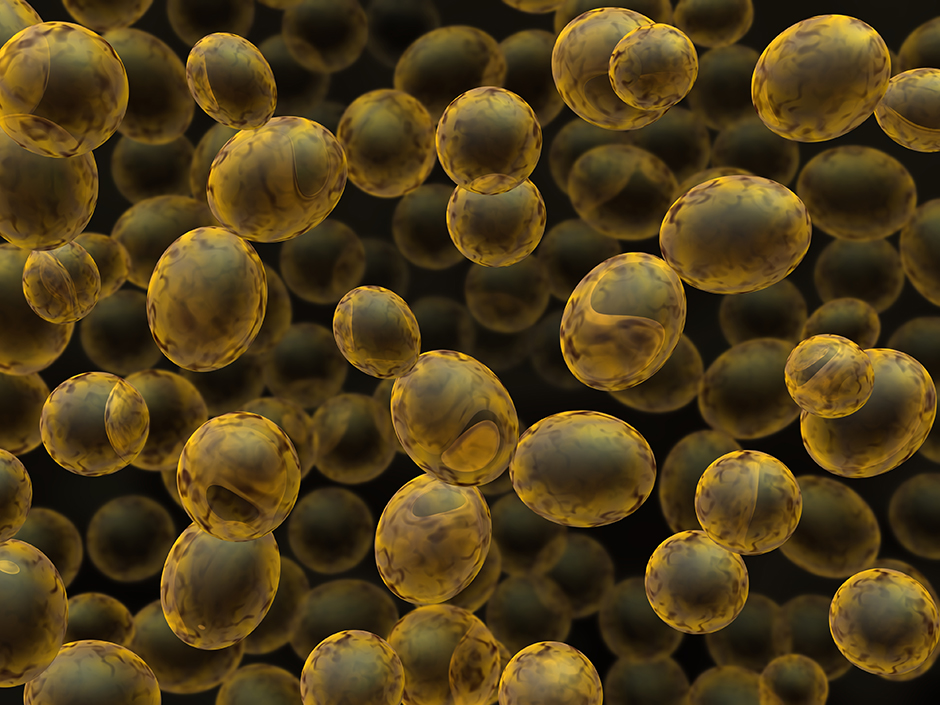In a lab within the Cox Science Building, postdoc fellow Bo Zhang, who earned her Ph.D. from the Department of Biology, is using a very large liquid-handling robot to disperse millions of yeast cells from one culture plate to another—with each plate holding approximately 96 wells that keep the yeast cells in place.
“Imagine each well in the culture plate is an environment with its own population,” said J. David Van Dyken, assistant professor in the Department of Biology. “With the robot, Zhang is able to move the population along a landscape, which allows the population to reach a significantly larger size at a steady state."
Aside from baking bread or brewing beer, yeast has been used in different scientific experiments since the early 1900s. In 2011, for example, NASA sent simple baking yeast into outer space for researchers to grow and analyze in the International Space Station. Here at UM, Zhang is using the yeast to understand how the movement of the yeast cells from one well to another helps them multiply and grow in a diverse environment.
“This experiment using millions of yeast cells is fundamental to our research because it relates to human activity and habitat fragmentation,” adds Van Dyken.
For a study published in the journal Ecology Letters, entitled “Carrying capacity in a heterogeneous environment with habitat connectivity,” Zhang used the robot to move the yeast cells between the wells and simulate the distribution of artificial populations to prove that movement can increase the total population size in a diverse environment.
In essence, the study proves that total population abundance will always be much lower in a diverse environment than an environment that is similar or uniform. It may be hard to grasp, but the yeast cells represent millions of artificial populations in a minute space that is quite vast for the yeast cells but, for comparison purposes, only about the size of a deck of cards to humans. Each well in the plate is like a different point in space that contains a diverse habitat.
Zhang says that their findings on the movement of an artificial population—in this case, created by the yeast cells, can be applied to the real world, both on a microscopic and macroscopic level.
“This movement of any species, whether it’s a plant species, bacteria, animals or a virus, can be hindered if and when we built a highway or a road,” said Zhang. “In essence, our work highlights the fact that for a distributed species this core ecological concept can become rather complicated.”
Zhang notes that the team used mathematical equations as a model to better predict total population movement in mixt and identical environments. “The use of the mathematical model in the study can be applied to basically any type of population in the real world,” she said. “Overall, this was a unique experiment using simple baker’s yeast and a very high-tech robot right here in our lab at UM.”
March 08, 2018

